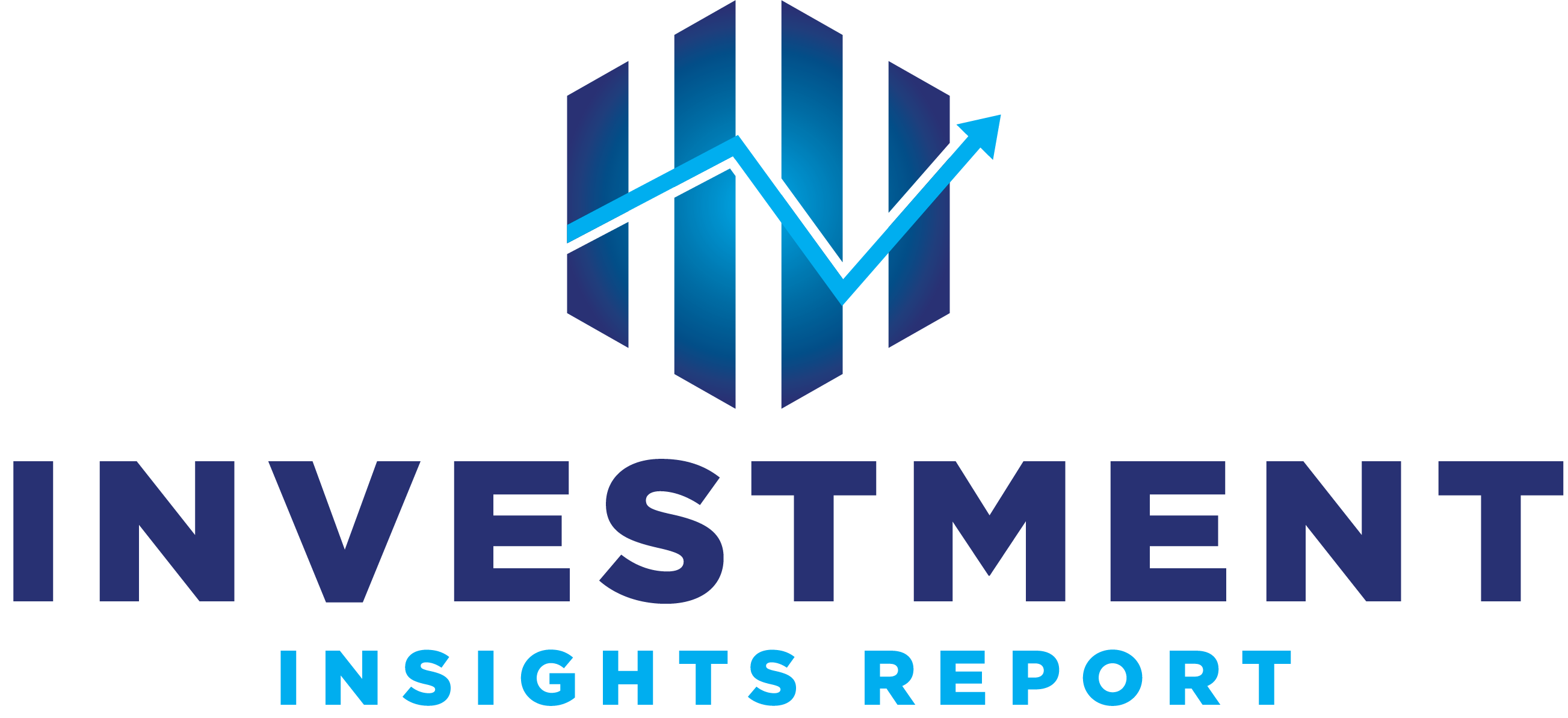By Saqib Iqbal Ahmed
NEW YORK (Reuters) – Traders in the U.S. equity options market are expecting Nvidia’s upcoming earnings report to spark a more than $300 billion swing in the shares of the world’s most dominant artificial intelligence chipmaker.
Options pricing shows that traders anticipate a move of around 9.8% in the company’s shares on Thursday, a day after it reports earnings, data from analytics firm ORATS showed. That’s larger than the expected move ahead of any Nvidia report over the last three years and well above the stock’s average post-earnings move of 8.1% over that same period, according to ORATS.
Given Nvidia’s market capitalization of about $3.11 trillion, a 9.8% swing in the shares would translate to about $305 billion, likely the largest expected earnings move for any company in history, analysts said.
Such a move would dwarf the market capitalization of 95% of S&P 500 constituents, including Netflix and Merck, according to LSEG data.
The results from Nvidia, whose chips are widely seen as the gold standard in artificial intelligence, also have big implications for the broader market. The stock is up some 150% year-to-date, accounting for around a quarter of the S&P 500’s 18% year-to-date gain.
“It alone has been a huge contributor to the overall profitability of the S&P 500,” said Steve Sosnick, chief strategist at Interactive Brokers. “It’s the Atlas holding up the market.”
Options pricing suggests traders are more concerned about missing out on a large upside move from Nvidia than getting hurt by a large drop.
Traders are assigning a 7% chance the stock rises more than 20% by Friday, while only a giving a 4% probability to a more than 20% sell-off, according to a Susquehanna Financial analysis of options data.
“(Ahead of earnings) people typically want to buy hedges, they want to buy insurance, but in Nvidia’s case, a lot of that insurance is FOMO insurance,” Sosnick said, referring to the popular acronym for “fear of missing out.”
“They don’t want to miss a rally.”
Part of the reason options traders are pricing this large a move for Nvidia has to do with how volatile the company’s shares have been in the past.
Nvidia’s average 30-day historical volatility this year – a measure of how much the stock has gyrated over a rolling 30-day period – is about twice the average of the same measure for all other companies with market caps higher than $1 trillion, according to a Reuters analysis of Trade Alert data.
“The options are just reflecting how the stock is actually moving,” said Christopher Jacobson, a strategist at Susquehanna Financial Group, which makes markets in the securities of Nvidia.
“(It’s) is just a function of continued uncertainty/optimism with regards to AI and the ultimate size of the opportunity coupled with NVDA having become such a widely followed stock among institutional and retail,” he said.
(Reporting by Saqib Iqbal Ahmed; Editing by Ira Iosebashvili and Jonathan Oatis)



